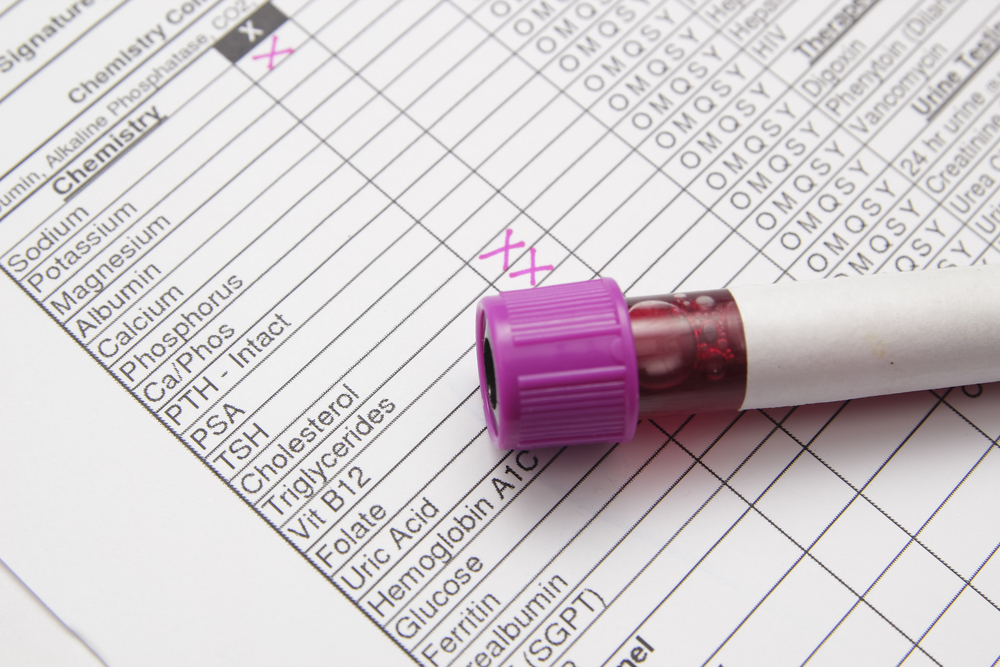'Good' Cholesterol May Be Bad for Some People

Having high levels of high-density lipoprotein (HDL) cholesterol, the so-called good cholesterol, is usually considered positive. But that might not be true for everyone: According to a new study, higher levels of HDL cholesterol may not always be healthy for the hearts of postmenopausal women.
HDL cholesterol protects the heart by carrying LDL cholesterol — the "bad" cholesterol — away from the arteries and to the liver, where it can be broken down and eliminated from the body, according to the American Heart Association. In general, a high HDL measurement along with a low LDL measurement is considered healthy.
But in the new study, published July 19 in the journal Arteriosclerosis, Thrombosis, and Vascular Biology, the researchers found that a higher HDL cholesterol level — as measured by a routine blood test that assesses the total cholesterol carried by HDL particles — may not always be as protective for postmenopausal women as experts previously thought. What's more, the finding suggests that using this conventional method of measuring HDL cholesterol may not accurately predict a postmenopausal woman's heart disease risk. [9 New Ways to Keep Your Heart Healthy]
That's because measuring HDL cholesterol is not as simple as people may think it is, said lead study author Samar El Khoudary, an epidemiologist at the University of Pittsburgh Graduate School of Public Health. HDL cholesterol is not just one type of particle but actually a family of particles found in the blood, and these particles have different sizes, shapes and compositions, she said.
A better method may be to take a closer look at the size and number of HDL particles, which can be measured in the blood using a technique known as ion-mobility analysis, to give doctors a more accurate understanding of HDL's effect on the heart in postmenopausal women, according to the study.
HDL quality matters
In the study, the researchers looked at data collected from nearly 1,400 U.S. women in the U.S. ages 45 to 84 who were part of a long-running study on atherosclerosis, or hardening of the arteries. The women were either postmenopausal or perimenopausal. The researchers assessed the women's HDL cholesterol levels using both the conventional method and the ion-mobility method. (The ion-mobility method has been used in research settings but isn't currently used for routine cholesterol testing, El Khoudary said. Quest Diagnostics, the lab that did the testing, provided some funding for the study but wasn't involved in the study design or analyzing the results.)
The study found that postmenopausal women with higher HDL levels as determined by the conventional testing method had a greater risk of atherosclerosis — as measured by ultrasound images of a major artery in the body — than postmenopausal women with lower HDL measurements, while postmenopausal women with higher concentrations of HDL particles based on ion-mobility testing had a lower risk of atherosclerosis.
Sign up for the Live Science daily newsletter now
Get the world’s most fascinating discoveries delivered straight to your inbox.
But it wasn't just the number of HDL particles measured by ion-mobility testing that made a difference in heart risk. Their size mattered, too: A higher number of small HDL particles was linked with a lower risk of atherosclerosis in postmenopausal women, while a higher number of large HDL particles was tied to a greater risk of atherosclerosis, especially in women close to menopause. [5 Key Nutrients Women Need As They Age]
This finding suggests that large HDL particles may be more prone to dysfunction as women near menopause, El Khoudary told Live Science. This dysfunction may be caused by a variety of other changes going on in women's bodies at this time that make them vulnerable to atherosclerosis, including changes in sex hormones, especially declines in estrogen; elevated levels of other lipids, such as LDL; shifts in the distribution of fat on a woman's body; and changes in the health of blood vessels, she said.
Although large HDL particles seemed to change in quality as women neared menopause, the study found that as more time passes after menopause, the cardioprotective qualities may be restored in these particles, El Khoudary said.
The new research raises some potential issues with using HDL to assess heart disease risk in postmenopausal women, said Dr. Nieca Goldberg, a cardiologist and medical director of the Joan H. Tisch Center for Women's Health at NYU Langone Health in New York City, who was not involved with the study.
The findings may help doctors better assess cardiovascular risk in the future, but for now, women don't need to get this type of cholesterol test, Goldberg told Live Science. They can, however, take steps to improve their heart health by focusing on diet, physical activity and lifestyle habits as they near menopause and beyond, she said. Cholesterol, even the good kind, is not the only risk factor for heart disease, she added.
One limitation of the research is that it did not look at the effects of HDL particle size and quality on women's heart disease risk over time, particularly as they move into their 60s, 70s and 80s. But El Khoudary said a long-term study will be the next step for her research team.
Originally published on Live Science.
Cari Nierenberg has been writing about health and wellness topics for online news outlets and print publications for more than two decades. Her work has been published by Live Science, The Washington Post, WebMD, Scientific American, among others. She has a Bachelor of Science degree in nutrition from Cornell University and a Master of Science degree in Nutrition and Communication from Boston University.









